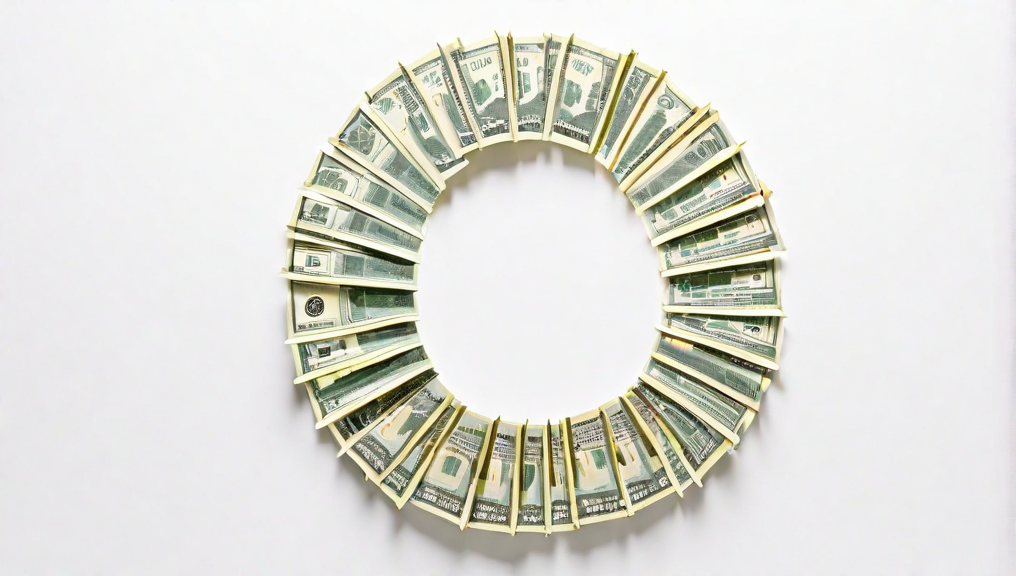Liquidity Analysis: Cash Conversion Cycle
The cash conversion cycle gauges a company's efficiency in turning investments into cash, offering insights into financial and operational effectiveness.

Cash Conversion Cycle: Assessing Operational Efficiency and Cash Management
Financial statement analysis is all fun and games until you meet the cash conversion cycle. Time to dive into this metric and unlock the secrets of a company's efficiency and cash management. Get ready, Gen Z and Millennials! Let's break it down:
1. Understanding the Cash Conversion Cycle
The cash conversion cycle measures how fast a company can turn its investments into cold, hard cash. It's like figuring out how quickly your paycheck can make it to your bank account after payday. Here's the formula:
Cash Conversion Cycle = (DOH + DSO) - DPO
2. Interpretation of the Cash Conversion Cycle
Just like waiting for your favorite artist to drop a new album, the cash conversion cycle tells you if a company is efficient or sluggish. A shorter cycle means they're quick on their feet, while a longer one signals potential cash troubles. No one wants to be stuck waiting for a concert that got postponed. Am I right?
3. Significance of the Cash Conversion Cycle
Okay, here's where things get juicy. The cash conversion cycle reveals how well a company manages its money. It's like being a master at handling your own funds while your friends are still figuring out how to Venmo each other. Let's break down the components:
Days of Inventory on Hand (DOH)
Inventory is like that trendy outfit you bought but never wear. A lower DOH means the company sells stuff faster, avoiding the dreaded fashion faux pas of keeping too much stock. Quick sales equal quick cash, and that's the ultimate goal.
Days of Sales Outstanding (DSO)
DSO is all about getting paid, just like waiting for your friends to send you their share of the brunch bill. The shorter the DSO, the better the company is at collecting money. No more awkward "Can you pay me back?" texts. Cha-ching!
Days of Payables Outstanding (DPO)
Now, let's talk about paying the bills. A higher DPO means the company takes its sweet time paying suppliers. It's like asking your landlord for an extension on your rent. More time to pay means more cash in hand. Score!
4. Negative Cash Conversion Cycle
Picture this: a company collects cash from customers before it pays suppliers. It's like winning the lottery and splurging before the money even hits your bank account. That's what a negative cash conversion cycle is all about. It's a financial game-changer, my friends.
Example
Let's look at Company XYZ and see how they rock the cash conversion cycle:
Days of Inventory on Hand (DOH): 40 days
Days of Sales Outstanding (DSO): 30 days
Days of Payables Outstanding (DPO): 50 days
Cash Conversion Cycle = (40 + 30) - 50
Cash Conversion Cycle = 20 days
Company XYZ knows how to hustle. Their cash conversion cycle is only 20 days. That means they turn their investments into cash faster than you can say "I need a raise." They've got it going on!
Conclusion
The cash conversion cycle is the ultimate superhero in financial analysis. It reveals a company's efficiency and cash management skills like nobody's business. It's like having the magic wand to financial success. By examining this cycle, analysts can spot areas for improvement, optimize cash flow, and dominate the financial game. So go forth, my fellow money enthusiasts, and conquer the world of cash conversion cycles!
This article takes inspiration from a lesson found in FIN 689 at Pace University.